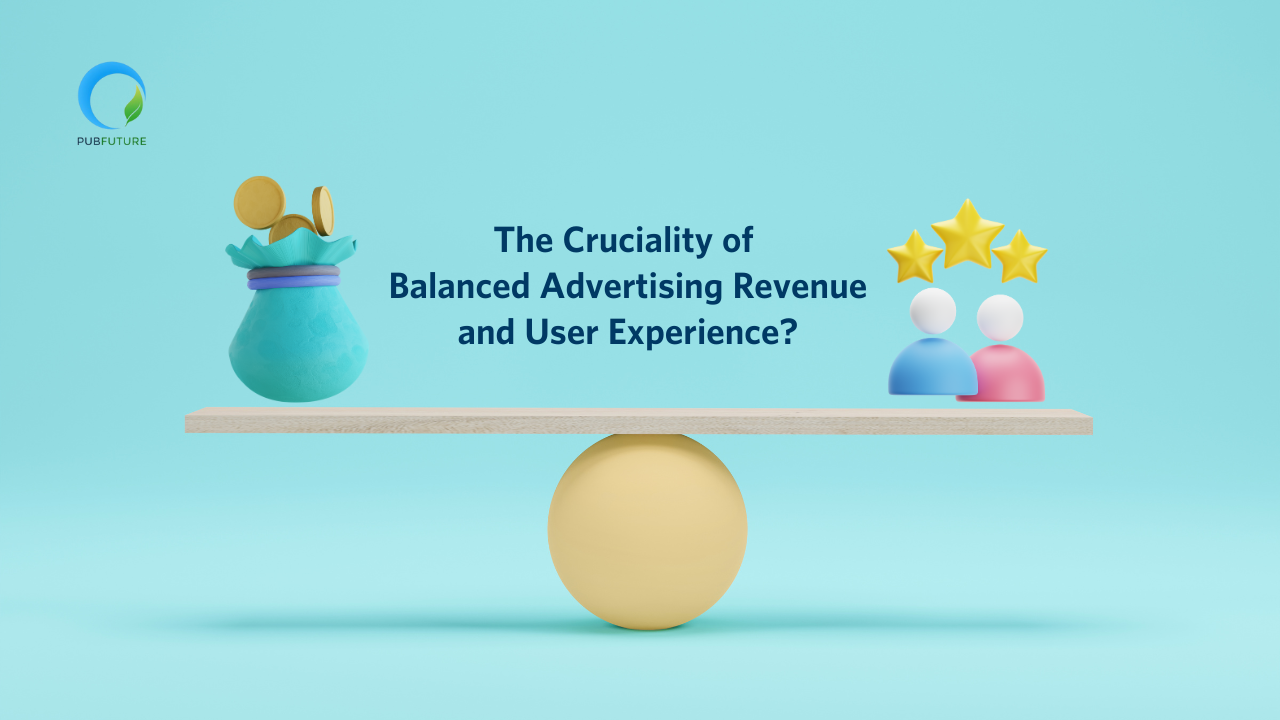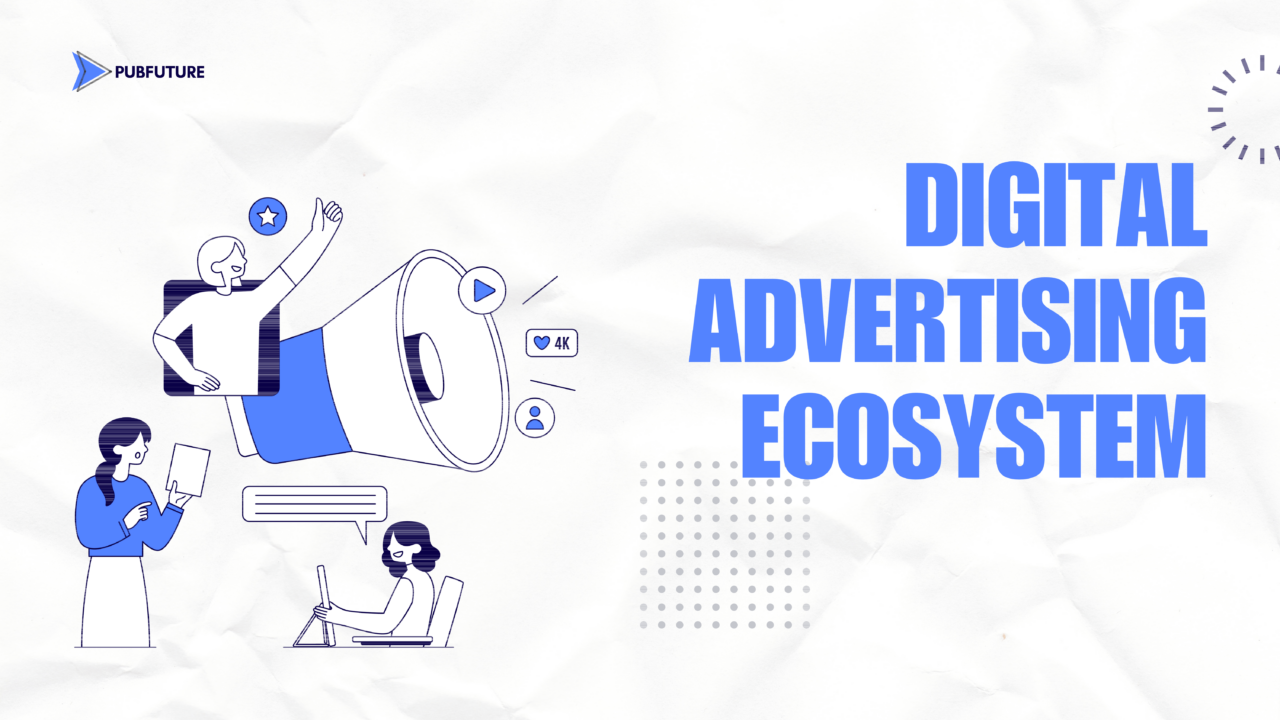Enhancing the user experience plays a crucial role in maximizing advertising revenue for publishers. By ensuring a seamless and captivating user experience, publishers can boost traffic, user engagement, and ad performance. In this article, we will explore the significance of optimizing the user experience in driving advertising revenue and provide practical suggestions to achieve this goal.

The Importance of Enhancing User Experience
Balancing revenue and user satisfaction is crucial, with advertising revenue and satisfaction interdependent. A valuable platform encourages engagement, increased clicks, and potential revenue.
Ads can provide valuable content if customized to user preferences or related to existing content. Implementing targeted strategies and understanding user behavior can enhance relevance. However, ineffective advertising can lead to negative outcomes, such as user exit and damaged brand image. Therefore, incorporating ads effectively enhances user experience.
Balancing revenue and user experience requires continuous evaluation, ad performance analysis, and digital advertising trends to create a user-friendly platform and a sustainable revenue model.
How to Balance Ad Revenue and User Experience?
Responsive Design
It’s crucial to have a responsive design in today’s world, where mobile devices are becoming more more prevalent. Ensure that your website functions seamlessly on various devices to provide your users with a better browsing experience. This will result in increased ad clicks, as users will be able to navigate your site with ease.
Simple Navigation
Simplify the navigation of your website to enhance its user-friendliness and intuitiveness. By making it easier for visitors to find what they’re looking for, you can minimize their frustration and motivate them to explore further. A well-organized menu can also increase the visibility and interaction with ads on your site.

Appropriate Ad Placement
Achieving a balance between user experience and monetization requires careful consideration of strategic ad placement. It is important to avoid posting ads that are overly loud or distracting for the user. Instead, advertisements should seamlessly blend into the website’s design, making them noticeable without being intrusive. Trying different ad sizes and positions can help determine the most effective approach for attracting users and generating income.
Optimizing Website Load Time
Slow-loading websites not only lose visitors but also experience higher bounce rates. By compressing images, minifying code, and implementing caching methods, you can significantly improve the loading speed of your website. The faster your site loads, the longer visitors are likely to stay, resulting in increased ad impressions.
Quality And Relevance Of Content
Providing valuable content is crucial to ensuring a positive user experience. It’s important to tailor your content to your intended audience and offer them something useful. By delivering ads that are contextually relevant, you can increase engagement and ultimately boost click-through rates and conversions. However, it’s important to avoid showing users with ads in every available format, as this can lead to a frustrating and unfulfilling experience. Remember, it’s better to focus on providing value to your users in order to increase ad views and clicks over the long term.

A/B Testing
Conduct A/B testing to analyze the impact of different designs, color schemes, and advertisement formats. By implementing the most successful variations, you can enhance the user experience and improve ad performance. Consistent testing and optimization are crucial for achieving long-term financial success.
Best Practices to improve User Experience with Ads
Here are some effective ways to create a better user experience and minimize the negative effects of ads
Prevent anything from blocking the content
- Pop-ups, large sticky ads, and full-screen scroll-over ads obstruct the user’s view of the content. Keep in mind that users visit your site for the content, so by blocking it, you’re essentially removing their motivation to stay on your site.
- Paywalls are not very effective during the initial visit. Most users are hesitant to pay for content without knowing if it’s worth it. To address this, it’s better to let them explore the content first by offering a few free articles. This can help persuade them to consider paying for more.
Don’t mislead the user or the marketer/ad network
- Allow visitors to opt out of viewing ads if they wish
- Do not engage with expandable ads that refuse to close or result in accidental clicks
- Avoid using preliminary ads that have a countdown, forcing users to wait until the ad finishes. These ads tend to annoy most users and provide no benefit to the brands involved
- Keep in mind that pop-unders have little effect on enhancing credibility and reputation
Aim for a smooth and enjoyable experience
- Select advertising formats that are less obtrusive in nature. The Better Ads Standards have successfully identified and categorized intrusive ads by conducting surveys among internet users
- Give native ads a try, as they effortlessly blend with the site’s content, giving them a more organic and non-promotional appearance
- Video ads that play automatically with sound can be very irritating, especially when they disrupt the user’s surroundings unexpectedly.
Conclusion
Publishers can boost their advertising revenue by enhancing the user experience. By creating a seamless and engaging experience, publishers can attract more traffic, retain users for longer periods, and enhance ad performance. Achieving the right balance between user experience and advertising revenue generation involves implementing strategies like responsive design, easy navigation, strategic ad placement, optimizing website speed, providing relevant content, and conducting A/B testing.








